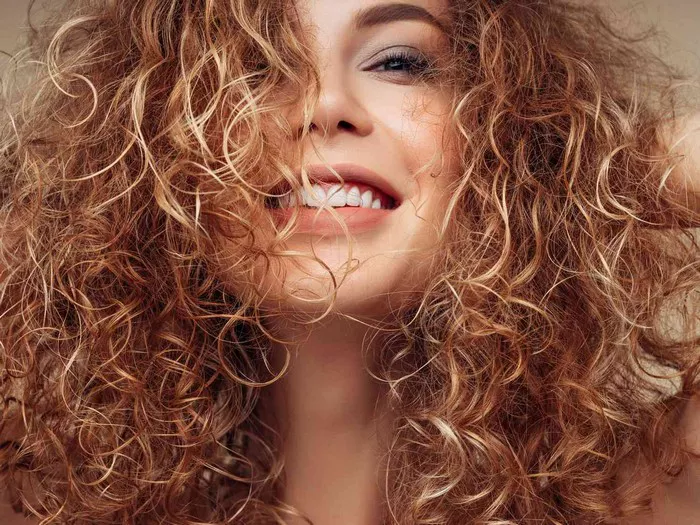Hair damage can be a common concern for many individuals seeking to transform their locks with a perm. While perms can provide stunning results, they may not be suitable for hair that is already in poor condition. Damaged hair requires special care and attention to ensure that it can withstand the chemical treatment involved in perming. In this article, we’ll explore the challenges of perming damaged hair, provide guidance on how to address and repair damaged hair, and answer frequently asked questions to help you make informed decisions about perming when your hair is in less-than-ideal shape.
I. The Challenges of Perming Damaged Hair
1. Increased Risk of Further Damage
Perming damaged hair can exacerbate the existing issues. The chemicals used in the perming process can weaken the hair’s structure, making it more prone to breakage, dryness, and split ends. If your hair is already brittle or over-processed, perming may not be the best choice.
2. Uneven Results
Damaged hair may not hold a perm evenly, resulting in unpredictable and inconsistent curl patterns. Some areas of your hair may not curl at all, while others may become overly frizzy or excessively curled. Achieving uniform, attractive curls can be challenging with damaged hair.
3. Limited Styling Options
Damaged hair lacks the flexibility and resilience needed for various hairstyles. Permed damaged hair may be difficult to style, as it may not respond well to heat styling or hold the desired shape, limiting your options for different looks.
4. Increased Maintenance
Permed hair requires special care and maintenance, and this is especially true for damaged hair. The additional care required to keep your hair healthy after perming can be time-consuming and costly.
II. Addressing and Repairing Damaged Hair
1. Assess Your Hair’s Condition
Before considering a perm, assess the current condition of your hair. If you notice signs of damage such as split ends, breakage, excessive dryness, or thinning, it’s essential to prioritize hair repair before proceeding with a perm. Consult a professional stylist for a thorough assessment.
2. Invest in Hair Repair Treatments
To restore your damaged hair, consider investing in specialized hair repair treatments. These can include deep conditioning masks, protein treatments, and keratin-based products. Consult with a stylist or dermatologist to determine the best treatment plan for your specific hair concerns.
3. Trim Split Ends
Regular trims are crucial for removing split ends and preventing further damage. Trim your hair every six to eight weeks to keep it in the best possible condition. A professional stylist can help you achieve a tailored and damage-minimizing cut.
4. Avoid Heat Styling
Minimize the use of heat styling tools, such as straighteners and curling irons, which can further damage your hair. When you do use heat, apply a heat protectant product and use the lowest heat setting necessary.
5. Use Gentle Hair Care Products
Switch to sulfate-free and gentle hair care products formulated for damaged hair. These products can help reduce further damage and promote hair health.
6. Consider a Hair Mask Routine
Incorporate a regular hair mask routine into your hair care regimen. Use a hydrating or repairing hair mask once a week to provide your hair with essential moisture and nutrients.
7. Consult a Professional Stylist
Consult with a professional stylist before deciding to get a perm on damaged hair. A skilled stylist can assess your hair’s condition and recommend appropriate treatments or alternatives if perming is not advisable.
III. FAQs on Perming Damaged Hair
1. Can I perm my hair if it’s already damaged?
Perming damaged hair is generally not recommended, as it can further weaken the hair’s structure and lead to more significant problems. It’s essential to prioritize hair repair and consult with a stylist before considering a perm.
2. How can I repair damaged hair before perming?
To repair damaged hair, invest in specialized hair repair treatments, trim split ends regularly, avoid heat styling, use gentle hair care products, and consult with a professional stylist for personalized advice.
3. Can a perm help improve the appearance of damaged hair?
A perm is a chemical treatment that can alter the structure of your hair. While it can provide curls or waves, it may not necessarily improve the overall health or appearance of damaged hair. Repairing the damage through other methods is typically recommended.
4. Are there any alternatives to perming damaged hair?
If you want to add texture or waves to your damaged hair without a perm, consider temporary styling methods such as braiding, curling with heat-free techniques, or using texturizing products. These alternatives can provide texture without the permanent chemical change of a perm.

